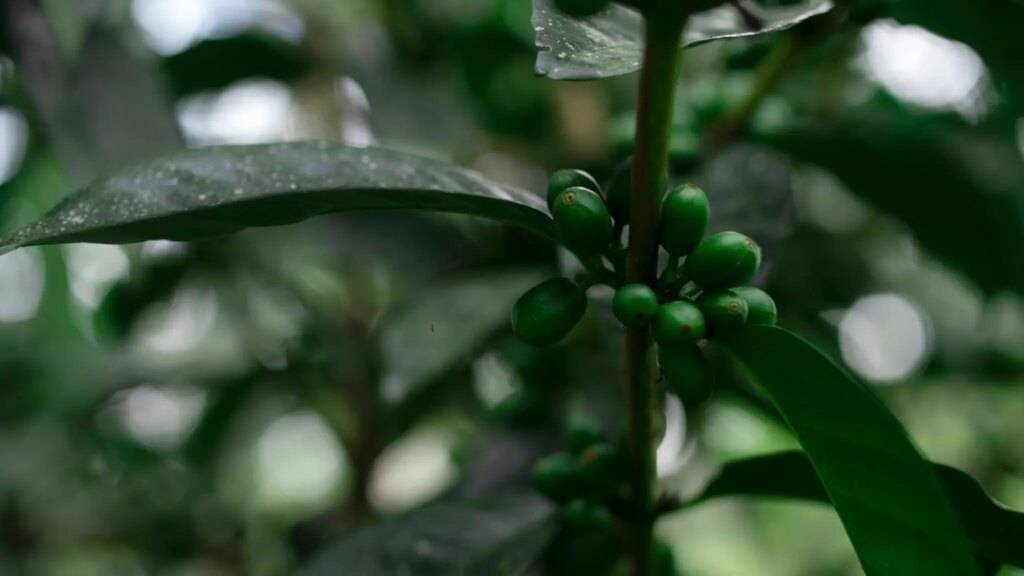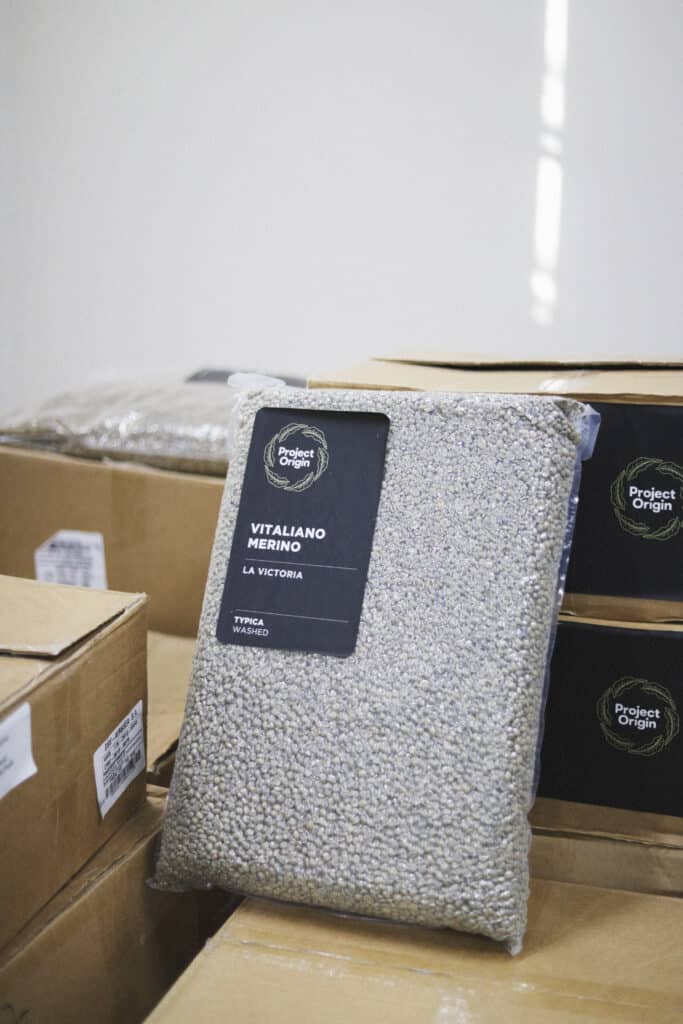

Ordering coffee to last a year’s worth of roasting
It is important to know your harvesting calendar. Most origins will harvest their cherries only once per year. This means that you have one opportunity every twelve months to secure lots from that origin, and those lots will last you until they undertake the next harvest. Harvested coffee takes several weeks to be picked, processed, dried and rested before it can be milled and exported. Even the exporting phase can take a couple of months. This means that green beans are often already 4 months old by the time they arrive at our warehouse doors. So catering for twelve months worth of stock at your roastery will mean you are working with coffees that will range, at the very earliest, from 4-16 months of age post harvest.
Knowing the harvest calendar and when to expect coffees from different origins can help in maintaining that bright cup profile throughout the year. Having said this, the higher the number of months should not be an immediate turn off for using a coffee. There are many ways to prolong the life and profiles of a coffee beyond the 16, 18 or even 22 month mark. The key thing for us at Project Origin when determining how a coffee has aged is by assessing the cup profile on the cupping table. In our opinion, this is by far the best way to assess the quality of aged stock, and we will always recommend a product based on the flavour profiles it presents.
In order to help maintain the cup profiles and flavours of green beans, there are some trends that are worth knowing about to help prolong the enjoyment of a coffee over time.
Best practices for storing green beans to prolong their shelf life
The age(ing) old question: how to store green beans. When we consider external factors, green beans tend to age faster when they are; exposed to oxygen, exposed to light and fluctuate in temperature or humidity. To provide the best environment to allow your green beans to remain in their expected cup profile as long as possible, store them in sealed coloured or foil bags away from natural light in a room that does not fluctuate in temperature. An ambient temperature of 18-22ºC is ideal, but if you cannot maintain that particular range, it is better to hold any stable temperature than it is to move around.
Not all coffee lots will have the ability to age well beyond the 12-18 month mark. These coffees will likely have a moisture content level outside of the 10-12% range, or they may display water activity levels outside the average. Project Origin will raise these readings upon sale of a lot and recommend they not be hoarded for long term use.

What kinds of coffees can hold their profile for a longer time?
There are always examples that stretch the boundaries of the average. While our findings at Project Origin are not scientific, we are diligent in our maintenance and regulation of coffees as they age in our warehouse. The key driver for us when assessing the coffee’s ageing process is how its cup profile stands with time. We have experienced coffees that begin to lose the vibrancy of its cup profile after only 6 months post harvest, but we have also tasted (and tasted again) coffees that hold its cup profile after 18 or 20 months of age. This proves to us that we should never be dismissive of a lot based on written numbers, but should always consider how it tastes.
Throughout our years, we have found that the green bean lots that age well have similar characteristics to begin with, including:
We have found that green beans retain their cup profiles for longer when they have grown at higher altitudes and when they are vacuum sealed or stored in hermetic bags like Ecotac and GrainPro post-milling. Additionally, natural processing, as well as all carbonic maceration style processing, have shown positive results in the cups with some age. Lastly the way a coffee has been dried plays a big role in how well it ages as well. Just like the storage temperature and humidity should be stable when we receive the final green beans to our warehouse, as the coffee goes through drying it should go through a stable drying process, where moisture is reduced steadily over time rather than fluctuating up and down to reach the desired 10-12% moisture content.
We do not have scientific data to explain why this is occurring, yet this is our experienced assessment over many years of quality control. Below are some examples of coffees that we currently have, and are available for samples or purchase, that hold their cup profiles with age.
Our team is always willing to discuss the effects of ageing on coffee lots and share up to date cup profiles to help you determine which lots can be best suited for your year long program.
Stay up to date with our Project Origin projects and latest specialty green bean coffee imports
We acknowledge the Traditional Owners of the land on which we work, the Ngunnawal people. We pay our respects to elders past, present and emerging.
